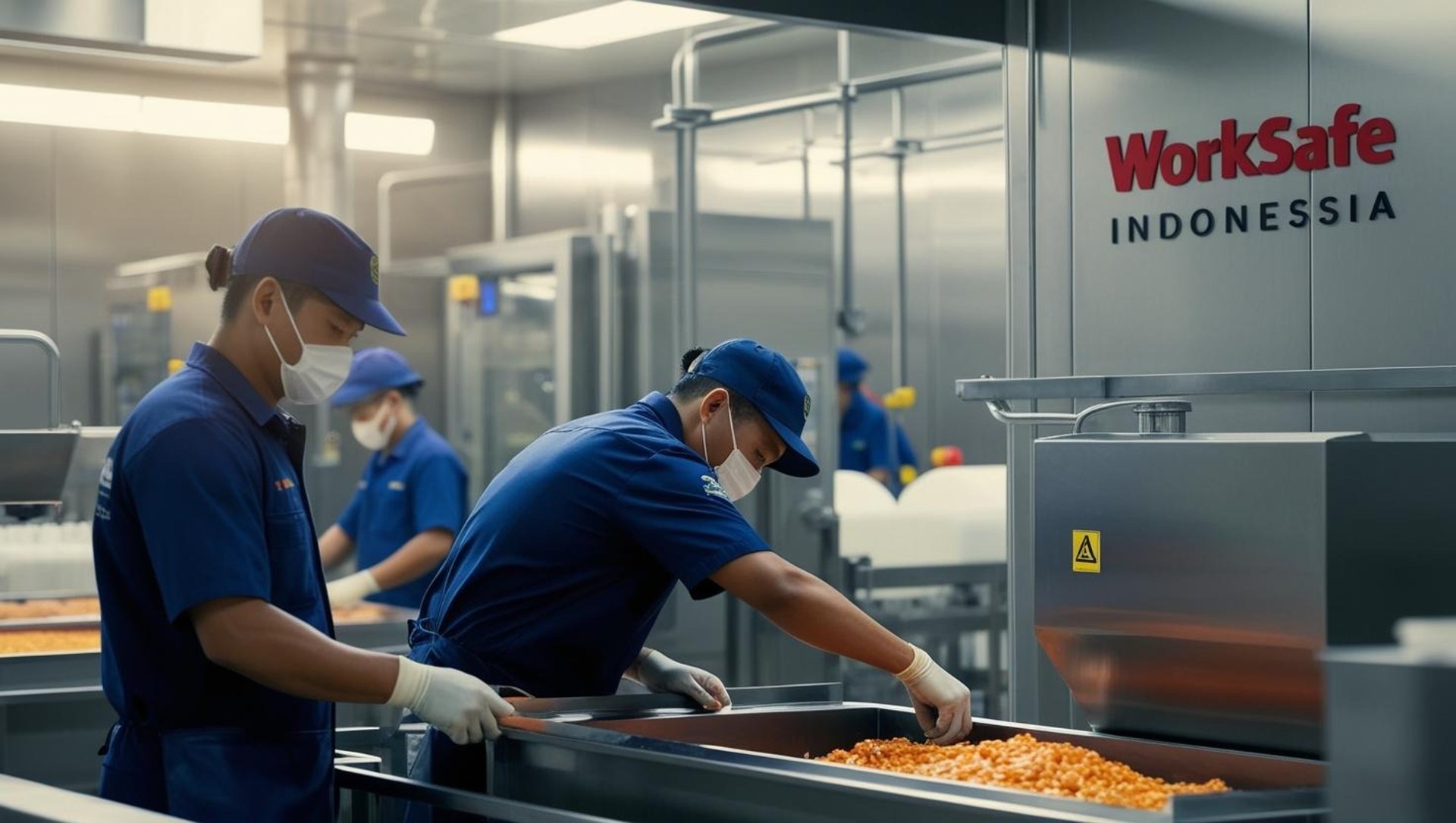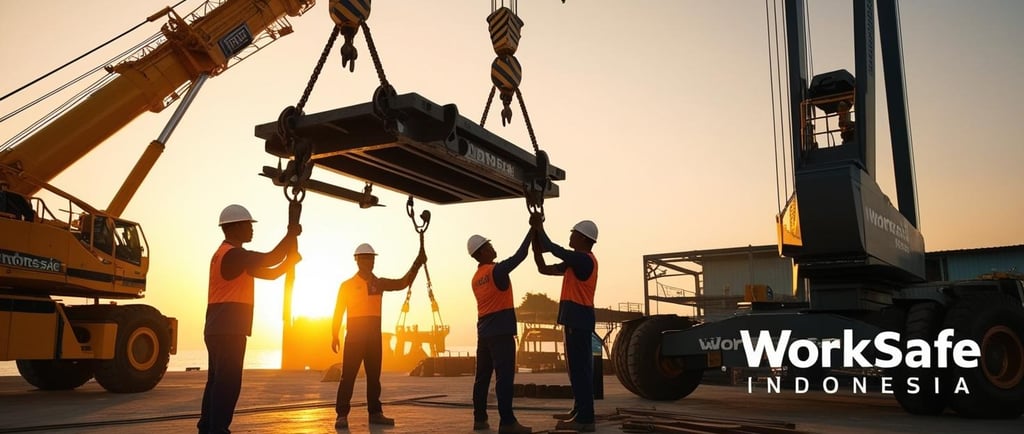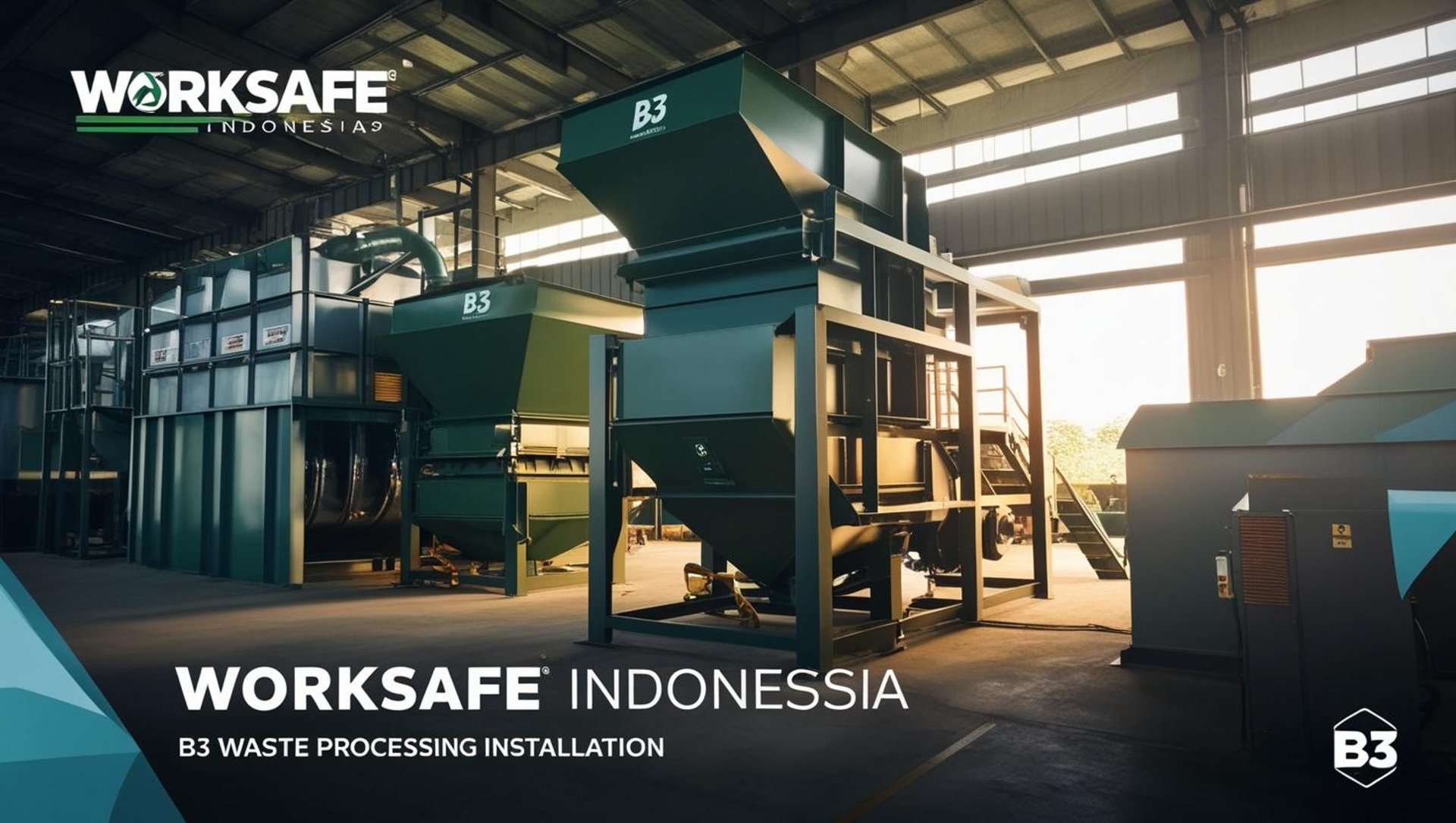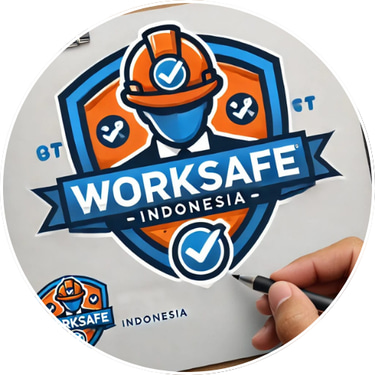
Promoting All About Safety, Health and Environmental
Lifting and Rigging Safety: Raising Standards on Every Lift
Lifting and Rigging Safety: Raising Standards on Every Lift At Worksafe Indonesia, we believe that lifting and rigging operations are more than just heavy-duty tasks — they are moments where precision, planning, and safety must come together seamlessly. One wrong move can lead to catastrophic consequences, making it essential to prioritize safety from the ground up.
Septian Indra
4/24/20252 min read


Lifting and Rigging Safety: Raising Standards on Every Lift
At Worksafe Indonesia, we believe that lifting and rigging operations are more than just heavy-duty tasks — they are moments where precision, planning, and safety must come together seamlessly. One wrong move can lead to catastrophic consequences, making it essential to prioritize safety from the ground up.
Understanding the Risks
Lifting and rigging activities involve moving heavy loads using cranes, hoists, slings, and other mechanical equipment. These operations can expose workers to several hazards:
Load drops due to equipment failure or poor rigging.
Struck-by incidents from swinging or falling loads.
Equipment collapse due to overloading or improper setup.
Entanglement or pinch points that can cause serious injury.
Every lift is a calculated risk — but with the right protocols, we can reduce that risk to near zero.
Essential Elements of Lifting and Rigging Safety
1. Planning and Preparation
Before the lift:
Conduct a lift plan that includes the type of load, weight, center of gravity, and lifting method.
Inspect all equipment, including slings, hooks, and shackles.
Assign roles and ensure only trained personnel are involved.
2. Equipment Selection
Use the right gear for the job:
Match the working load limit (WLL) to the weight of the load.
Choose the correct sling type and angle to avoid overloading.
Ensure rigging hardware is certified and in good condition.
3. Load Control
Always balance the load to prevent tipping or shifting.
Use tag lines to control the load's movement.
Never stand under or near a suspended load.
4. Communication and Signals
Use standard hand signals or two-way radios to ensure clear communication between the rigger and crane operator. Confusion can lead to costly mistakes.
5. Regular Inspections
Inspect all lifting and rigging equipment:
Before each use for visible damage.
Periodically for wear, corrosion, or deformation.
After incidents or unusual loads.
Worksafe Tips for Safe Lifting
Know your load – weight, shape, and balance matter.
Never exceed rated capacity.
Clear the area before lifting.
Keep hands and feet away from pinch points.
Wear proper PPE including gloves, hard hats, and safety boots.
Lifting Together, Safely
Safety in lifting and rigging is not just about rules — it’s about culture, teamwork, and accountability. At Worksafe Indonesia, we aim to build a workforce that not only understands the hazards but also leads by example.
Let’s raise our safety standards with every lift.
Keep safe. Be safe!!

